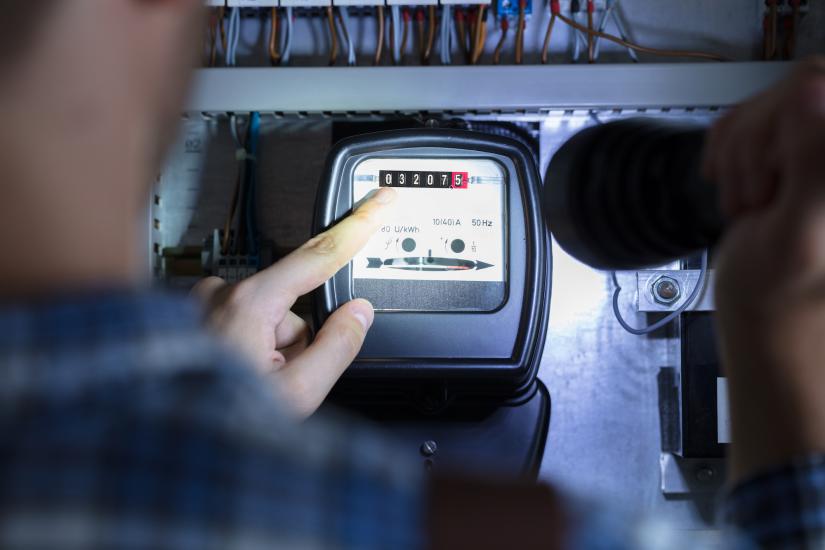Electricity demand management seeks to meet electricity supply needs by encouraging consumers to either reduce their energy use, or shift it to avoid peak times when the grid is most congested.
Under demand management, residential users might agree to shift their air conditioning and hot water usage, or industrial users might agree to reschedule manufacturing processes, to off-peak times.
Internationally, electricity utilities have offered financial incentives to encourage uptake of demand management. Here in Australia, however, there has been an absence of balanced incentives for efficient demand management from our National Electricity Market (NEM) since its establishment in 1998.
It is estimated that this gap has cost Australian energy consumers hundreds of millions of dollars in unnecessarily high electricity bills, excessive electricity generation and network infrastructure spending.
If Australia engaged in the same level of demand management as states of America do on average, our NEM would have saved about 3,000MW of power – almost twice the total capacity of the recently retired 1,600 MW Hazelwood coal fired power station, and more than the total combined capacity proposed in recent announcements by the South Australian Government, Our Energy Plan (up to 350 MW1) and the Australian Government’s Snowy 2.0 (estimated 2,000 MW).
Following a change to the National Electricity Rules in 2015, the Australian Energy Regulator is required to develop a Demand Management Incentive Scheme and the Demand Management Innovation Allowance. This crucial reform represented the best chance in the history of the Australian electricity supply system to facilitate widespread, efficient and cost-effective demand management by distribution network businesses.
To support the Australian Energy Regulator in developing the new Demand Management Incentive Scheme, the Australian Renewable Energy Agency commissioned ISF to undertake an Australian-first review. The review assessed and quantified the financial barriers to demand management uptake created by existing economic regulatory incentives for distribution network businesses.
-
Research Director
Years
- 2016-2017
Client
- Australian Renewable Energy Agency (ARENA)



